The Ambulance: A History
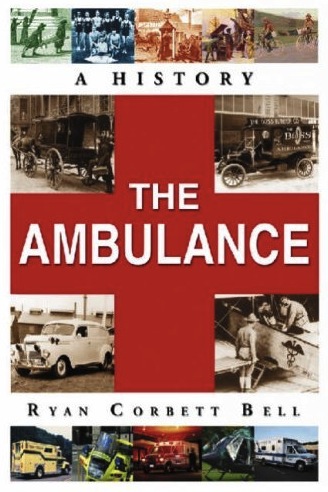 by Ryan Corbett Bell
by Ryan Corbett Bell
“Take a sound horse, open his belly alive, take out all his entrayles quickly, and put the poisoned partie naked into it.”
—1633 First Aid guide
There may be perfectly good reasons for wanting to have been alive in 1633 but being shoved into a dead horse is probably not one of them.
The modern reader with any sort of imagination will positively shudder at the thought of how relatively recent it is that organized transport for the ailing, or standards of care in general, reached a level where they did more good than harm. In a nutshell, that is what this book is about: a survey of the critical moments in ambulance history “from the dusty byways of Byzantium to our modern asphalt boulevards.”
Unless it is your place of work you probably have no particular desire to be in an ambulance. The next time you do find yourself in one you’ll at least be able to distract yourself by recalling the many interesting things you’ll pick up in this book!
The book reaches deeper than merely describing the vehicular aspects of ambulances over time but aims to explain their origin, purpose, and development in the larger context of the advances in medical care and societal growth. Already in medical school the author perceived a void in the relevant literature and, now, as a clinical psychiatrist and former district attorney in Alaska who has visited hospitals, clinics, and infirmaries worldwide and studies medical history and the ways in which care is delivered, he brings a rather unique set of professional experiences and insights to the task of writing an account that connects new dots. And, the book is more than just an academic exercise: the author hopes that by enabling the reader to understand the challenges of the past we will become more “generous in helping our emergency first responders meet the challenges of today.”
The focus is on civilian developments even if—here as seemingly everywhere else—war is the mother of all invention inasmuch as military needs were the ones that first beggared the question of how to get injured to a place where help could be administered. This impetus is duly recognized where relevant. (Even professional EMTs will surely make discoveries here: Baron Larrey’s Flying Horsebed Ambulance of 1792, the Camel Doolie from 1840 etc.) The focus is further narrowed by concentrating on US and some UK activities. Bell also weaves strands into his account that have not previously been examined in this way such as the role of police ambulances in the context of first responders, the role of the ambulance intern, the reasons for the US taking the lead in the push for emergency ambulance service, and the role of women.
It is no exaggeration to say that right from the first paragraph Bell comes across as an engaged and knowledgeable exponent of his subject. He thinks big and writes well, making a large arc from ancient Greek mythology to modern-day helicopter ambulances (speaking of which: with the exception of a photo of a 1938 experimental hydro-ambulance seagoing services are outside the scope of this book). The book brings, intentionally, a lesser degree of magnification to bear on post-1960s development because this is already well catered for in contemporary trade publications etc.
The book is very suitably illustrated with period illustrations, ads, technical drawings, and the occasional map. All but the 12 color photos bundled into a center section are b/w. Extensive Appendices cover the origins of the Misericordia organization/movement, the role of the barber surgeon, a bio of US ambulance pioneer Edward Barry Dalton, and the story of the portable defibrillator. Twenty pages of Chapter Notes and Bibliography show just how many sources Bell consulted. Useful Index.
If all you want to know about ambulances is paint schemes and technical specs, this is not your book. Even outside its obvious relevance to transportation/technology-related topics this book is stimulating and rewarding as a reminder that the human condition is fundamentally frail, disaster can strike anytime and anywhere, and any society worth its name owes it to its constituents to be able to provide help in the hour of great need.
Copyright 2011, Sabu Advani (speedreaders.info).


 RSS Feed - Comments
RSS Feed - Comments


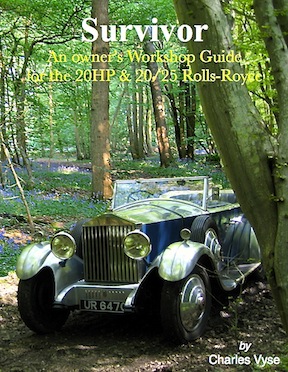






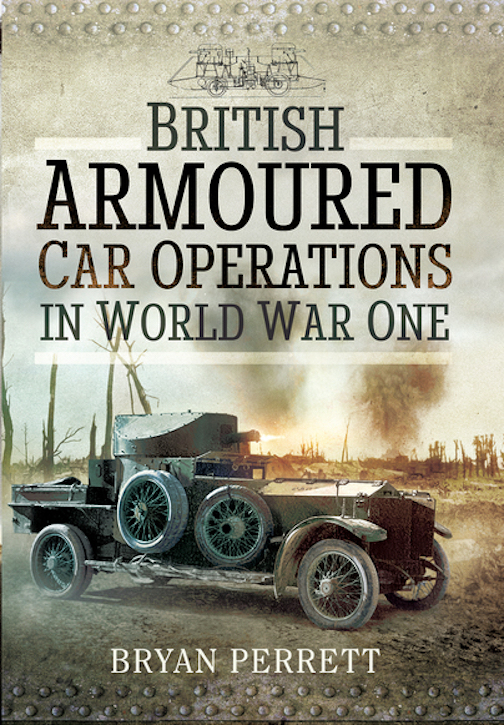







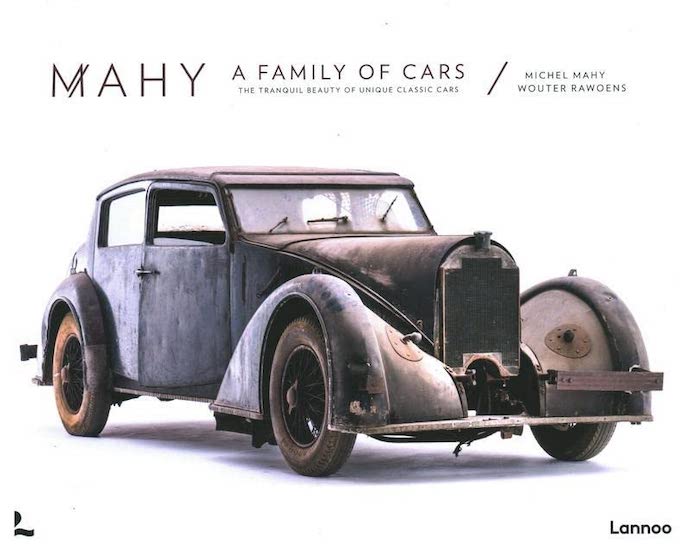






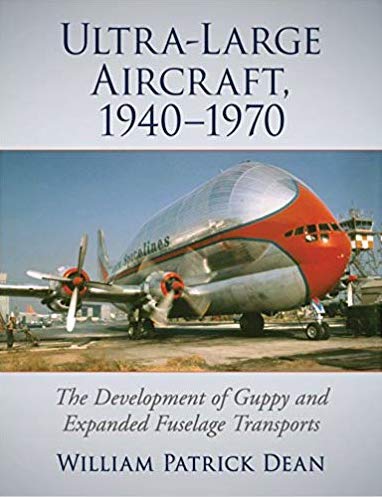

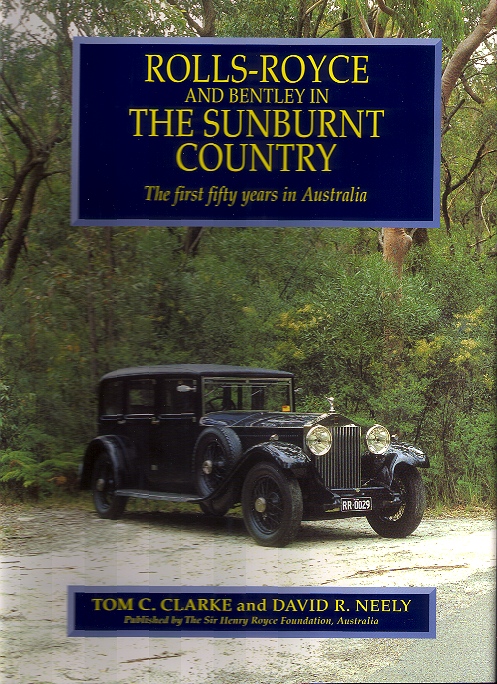




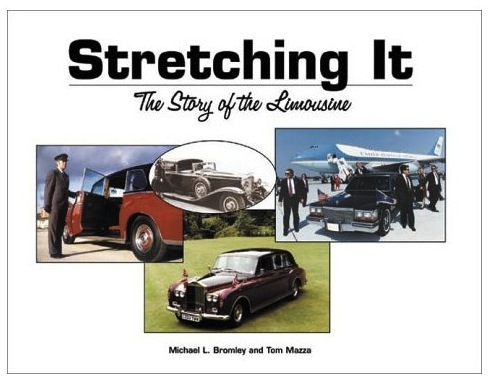









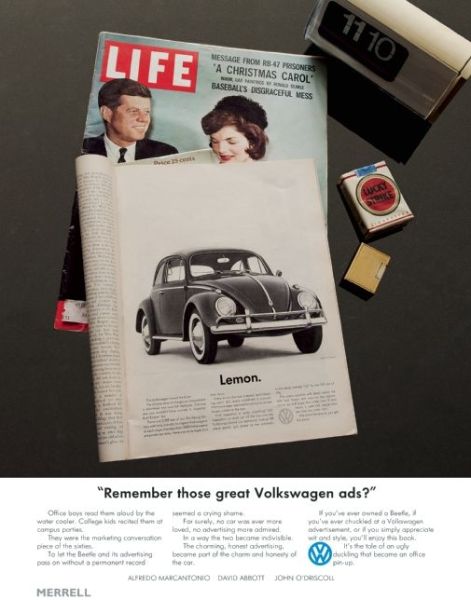

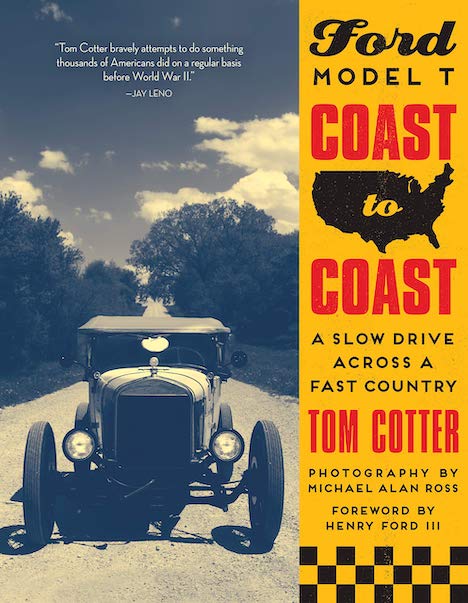
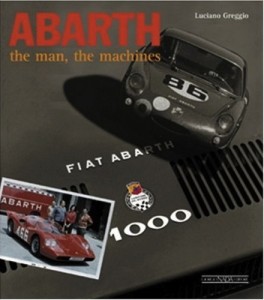
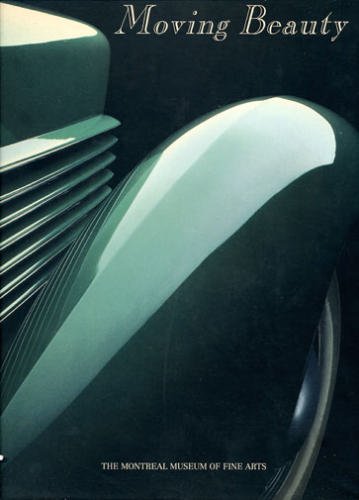

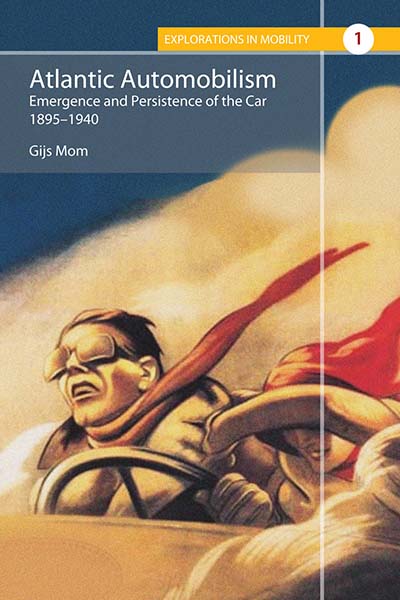

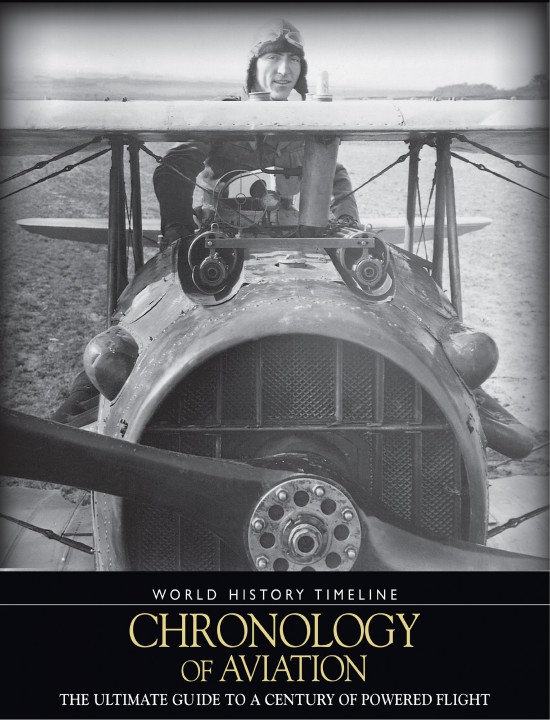
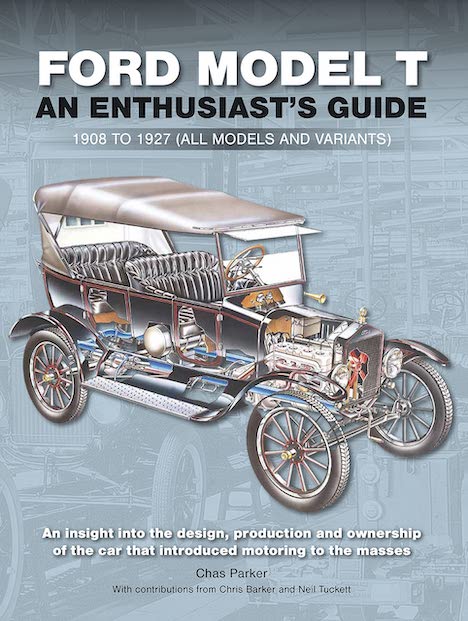
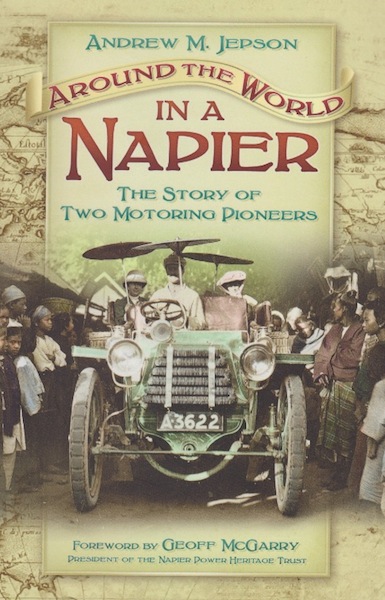






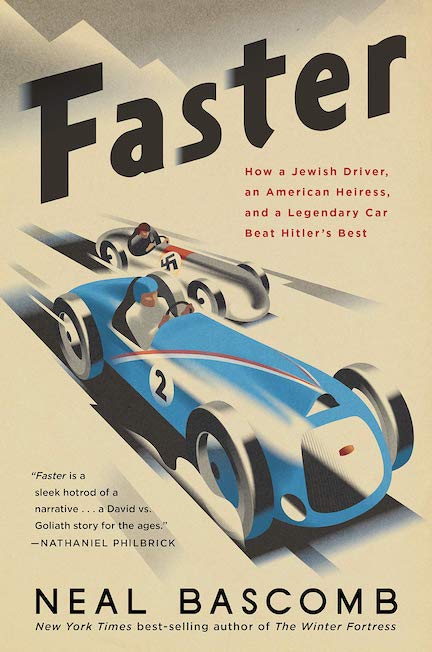
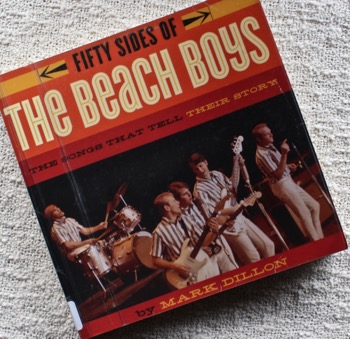



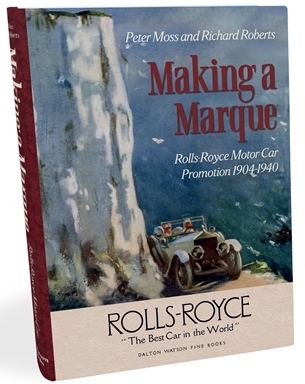



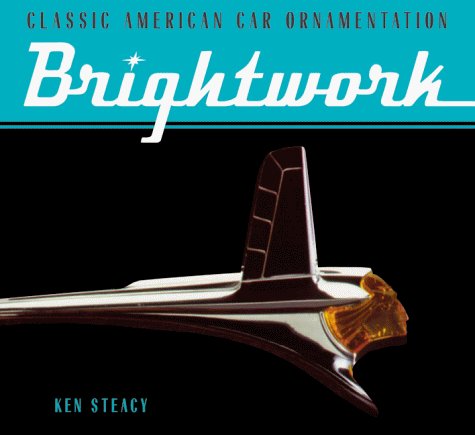


 Phone / Mail / Email
Phone / Mail / Email RSS Feed
RSS Feed Facebook
Facebook Twitter
Twitter